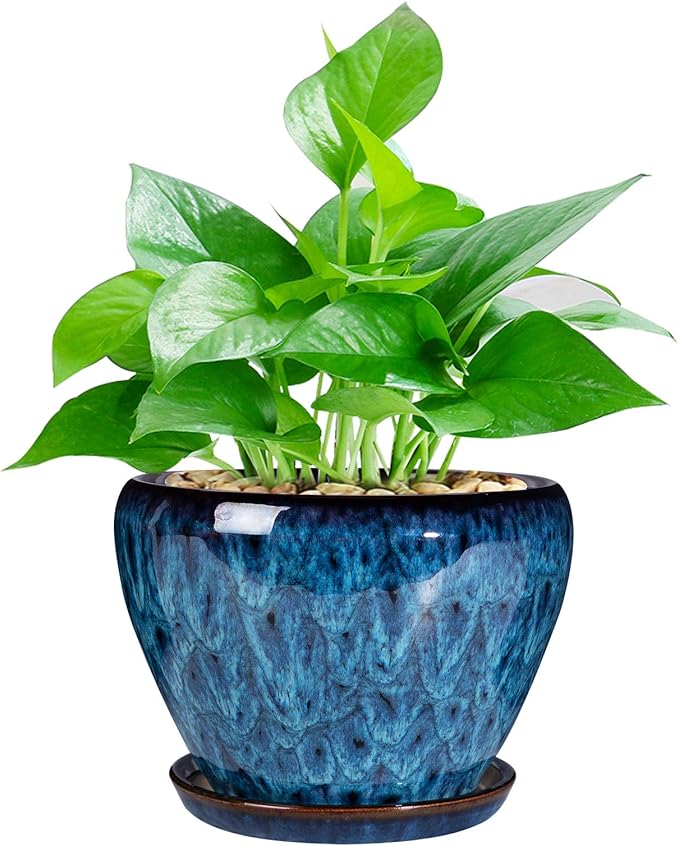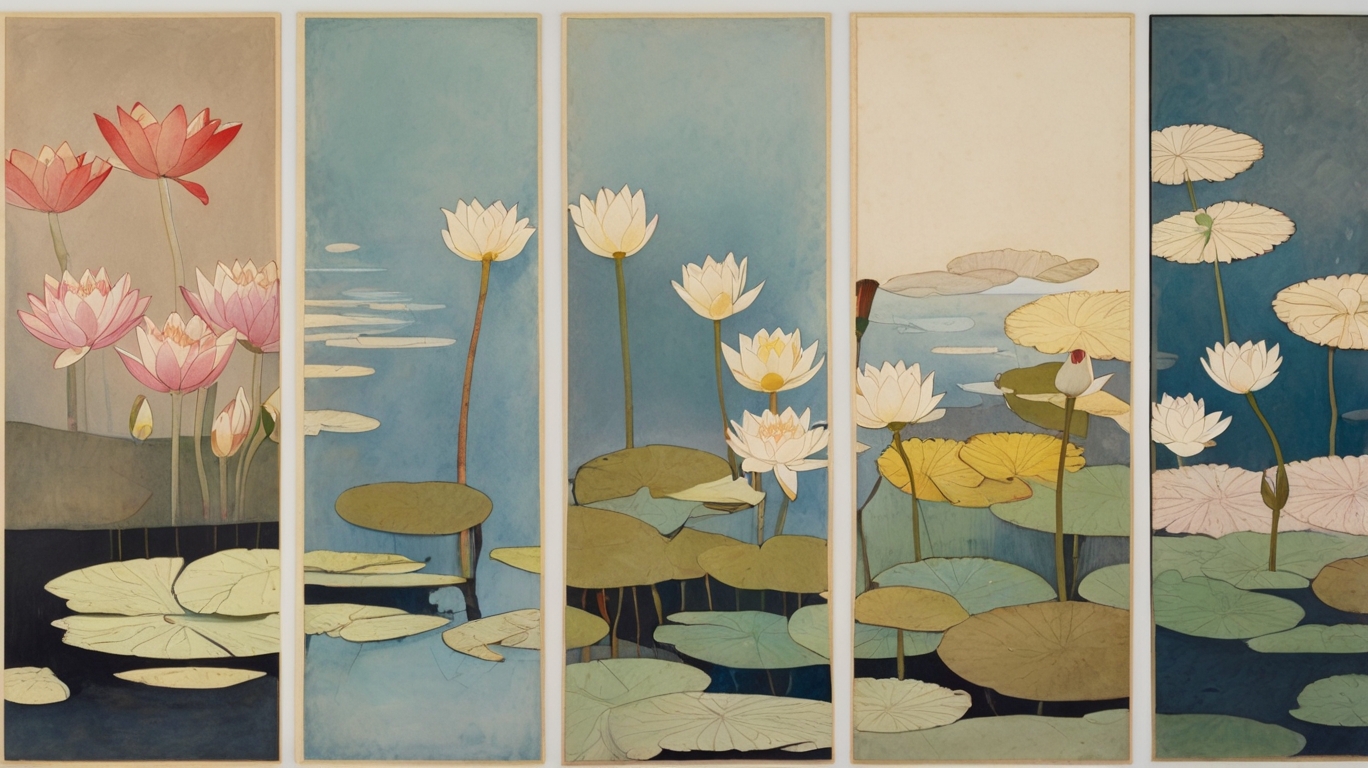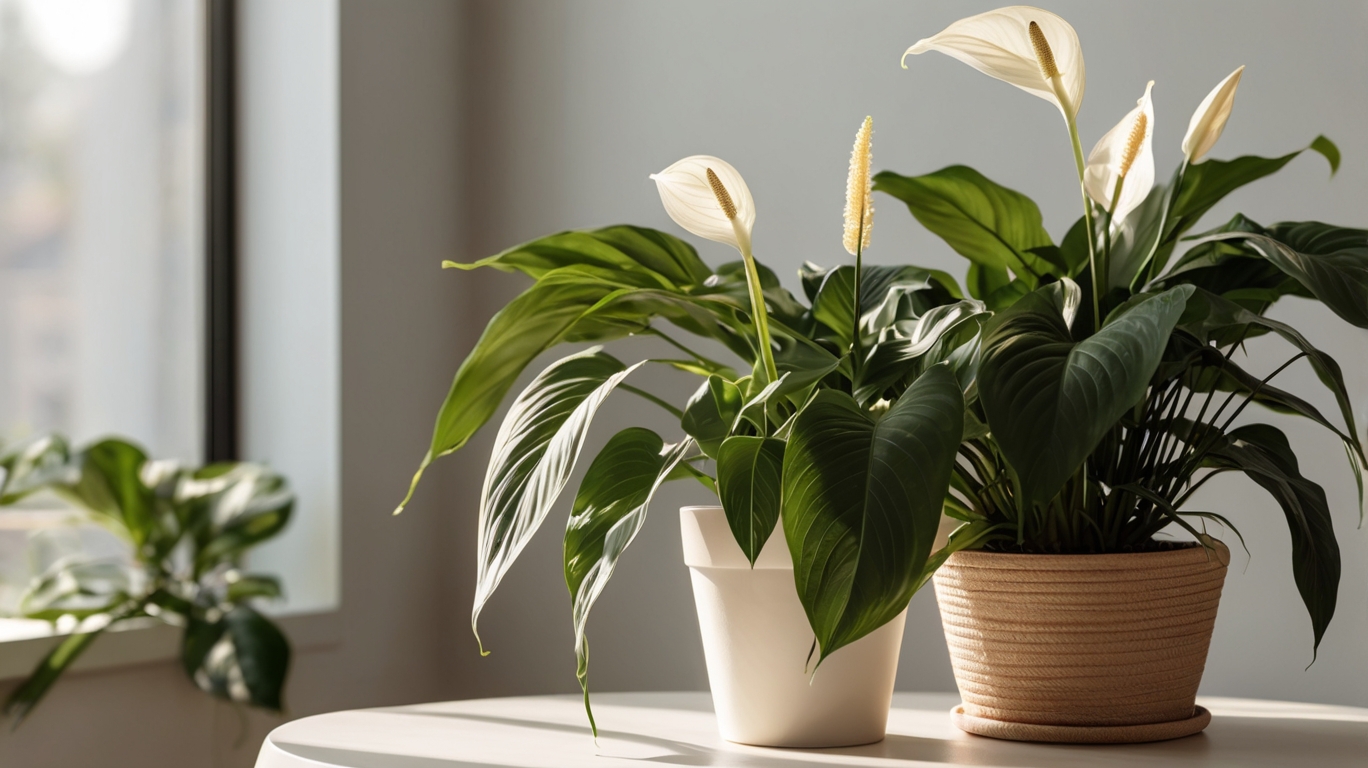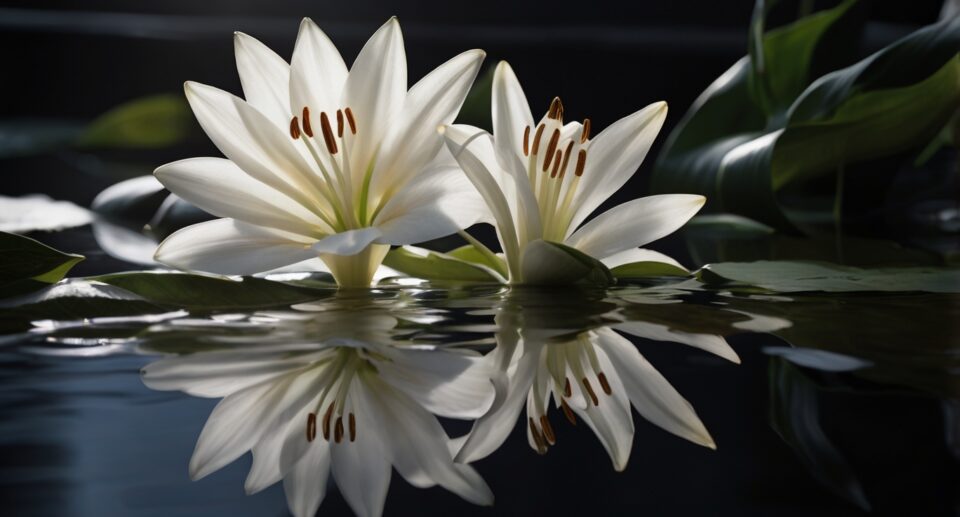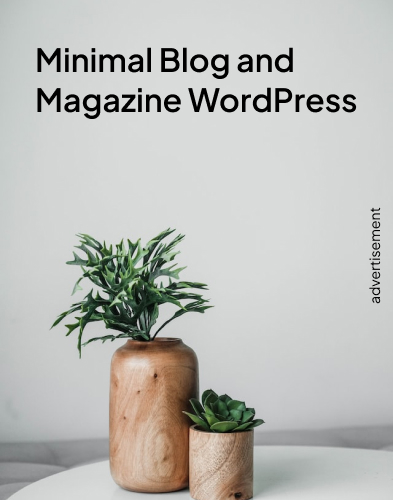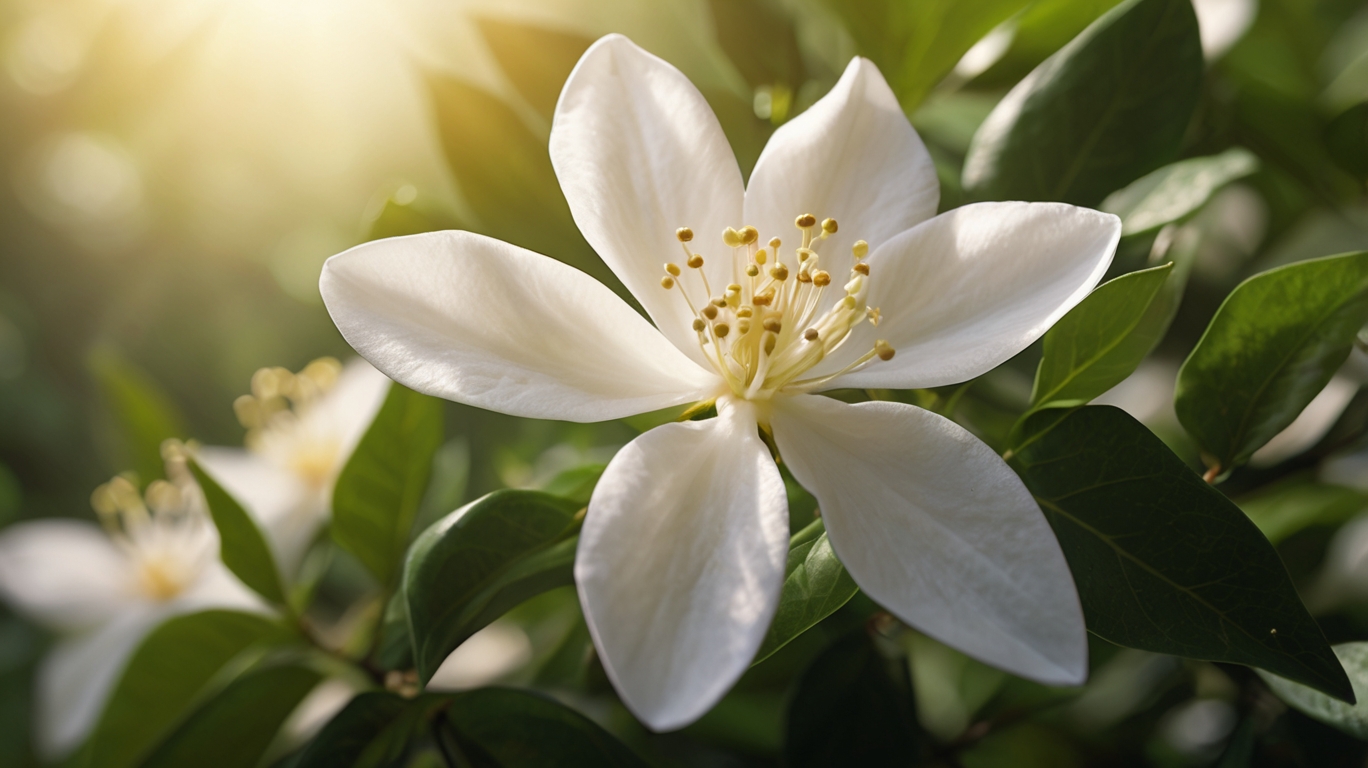Fact #1: Can We Eat Jasmine Flower? Benefits, Safety & Culinary Uses

Introduction
Many people are curious about whether jasmine flowers are safe to eat. Jasmine is well known for its lovely scent and is commonly used in teas, perfumes, and decorative gardens. However, just because a flower looks or smells good doesn’t always mean it’s safe to eat.
This article explores that question—can we safely eat jasmine flowers? It dives into which types of jasmine are actually edible, what health benefits they might offer, how they can be used in cooking, and what safety tips to keep in mind. So, if you’ve ever thought about adding jasmine flowers to your food or drinks, this guide will give you everything you need to know before you try it.
Can We Eat Jasmine Flower?
Yes, jasmine flowers can be eaten—but with important precautions. While some jasmine species are perfectly safe and even prized for their flavor and aroma in teas and recipes, others can be toxic and should not be consumed.
The key takeaway: Only certain species of jasmine are edible and safe for culinary use.
Edible jasmine varieties are commonly found in:
-
Jasmine tea
-
Floral desserts
-
Syrups and infused drinks
-
Decorative garnishes
So, while the short answer to “Can we eat jasmine flowers?” is yes, it’s crucial to identify the correct variety before adding it to your food or drink.
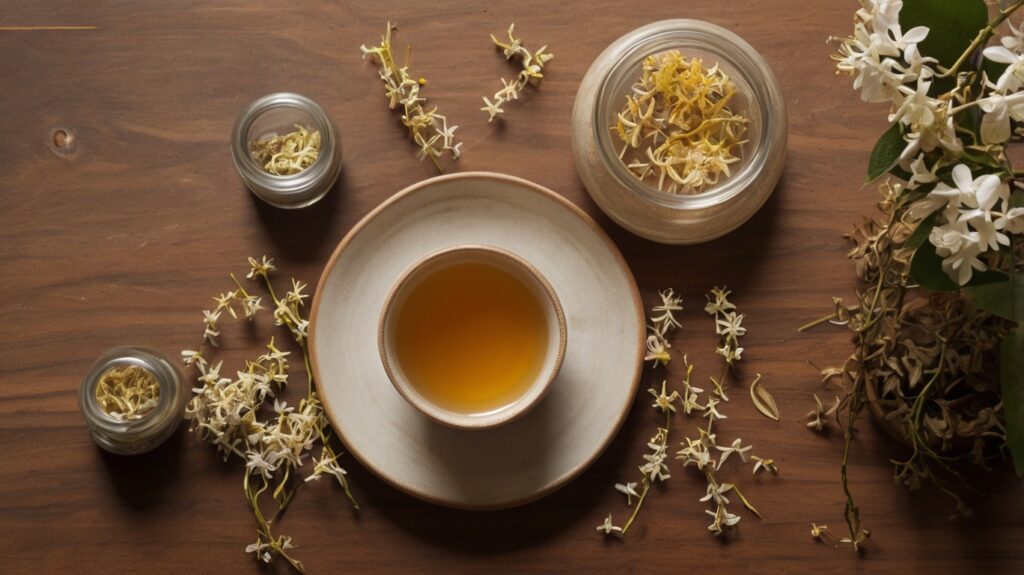
Types of Jasmine and Their Edibility
Let’s break down the most common jasmine species and whether they’re edible or not:
✅ Edible Jasmine Varieties
-
Jasminum sambac – Also known as Arabian jasmine
-
Most commonly used in jasmine tea
-
Edible and fragrant
-
Safe for consumption
-
-
Jasminum officinale – Common jasmine or poet’s jasmine
-
Used occasionally in culinary settings
-
Edible but less commonly used than sambac
-
❌ Non-Edible or Toxic Jasmine Varieties
-
Cestrum nocturnum – Night-blooming jasmine (not a true jasmine)
-
Toxic if ingested
-
Belongs to the Solanaceae family
-
-
Gelsemium sempervirens – Carolina jasmine (highly toxic)
-
NOT edible
-
Can cause severe poisoning
-
Summary Table: Jasmine Species & Edibility
| Jasmine Species | Common Name | Edible? | Notes |
|---|---|---|---|
| Jasminum sambac | Arabian Jasmine | Yes | Used in teas and desserts |
| Jasminum officinale | Common/Poet’s Jasmine | Yes | Less commonly consumed |
| Cestrum nocturnum | Night-Blooming Jasmine | No | Toxic, not a true jasmine |
| Gelsemium sempervirens | Carolina Jasmine | No | Poisonous, avoid entirely |
Health Benefits of Eating Jasmine Flowers
Health Benefits of Edible Jasmine Flowers
Jasmine flowers aren’t just admired for their beauty and fragrance—they also offer a range of health benefits. Backed by both scientific research and traditional use, here are some of the key advantages of consuming edible jasmine flowers:
-
Rich in Antioxidants
Jasmine, particularly in tea form, is packed with polyphenols. These powerful antioxidants help combat oxidative stress, reduce inflammation, and protect cells from damage. -
Aids Digestion
Jasmine tea is often used to soothe the digestive tract. It may help reduce bloating, relieve discomfort, and support a healthier gut. -
Mood-Boosting Effects
The gentle, calming scent of jasmine has been shown to reduce anxiety, ease stress, and promote a sense of relaxation—making it a natural mood enhancer. -
Supports the Immune System
Some compounds found in jasmine flowers may help strengthen the immune system, making the body more resilient against common illnesses. -
Promotes Heart Health
Research suggests jasmine tea may help lower cholesterol levels and support better cardiovascular function, contributing to long-term heart health.
Culinary Uses of Jasmine Flowers
So, once you’ve confirmed the jasmine flower is edible, how can you use it in your kitchen?
🌸 Common Culinary Applications
-
Jasmine Tea: Perhaps the most famous use. Jasmine flowers are added to green or white tea.
-
Flavored Syrups: Used in cocktails, lemonades, and desserts.
-
Infused Oils: For both culinary and cosmetic uses.
-
Edible Garnish: Beautiful atop cakes, salads, or drinks.
-
Rice Dishes: Jasmine flowers can infuse rice with a delicate fragrance.
🍴 Jasmine in World Cuisines
-
China: Jasmine tea is a staple, especially in Fujian Province.
-
Thailand: Used in desserts like jasmine-scented coconut milk.
-
India: Often used to scent rice or milk dishes during festivals.
Safety Considerations and Potential Risks
Before consuming jasmine, always consider safety. Here’s what to keep in mind:
✅ Dos
-
Use only edible species like Jasminum sambac or officinale.
-
Buy from trusted sources labeled as “culinary-grade” or “edible flowers.”
-
Wash thoroughly to remove pesticides or dust.
❌ Don’ts
-
Avoid ornamental or wild jasmine unless you’re certain of the species.
-
Don’t consume jasmine treated with garden pesticides.
-
Avoid during pregnancy or lactation unless cleared by a doctor.
Jasmine in Traditional Medicine and Culture
Jasmine isn’t just a pretty flower—its cultural and medicinal value is deep-rooted:
🌿 Traditional Uses
-
Ayurveda: Jasmine is used for calming the mind and balancing the doshas.
-
Traditional Chinese Medicine (TCM): Jasmine tea is believed to help with liver health and digestion.
-
Middle Eastern practices: Jasmine oils and flowers are used for their aphrodisiac and anti-inflammatory properties.
💐 Cultural Symbolism
-
India: Jasmine symbolizes love and purity and is often worn in hair during weddings.
-
Hawaii: Used in leis as a sign of respect and welcome.
-
China: Associated with grace and feminine beauty.
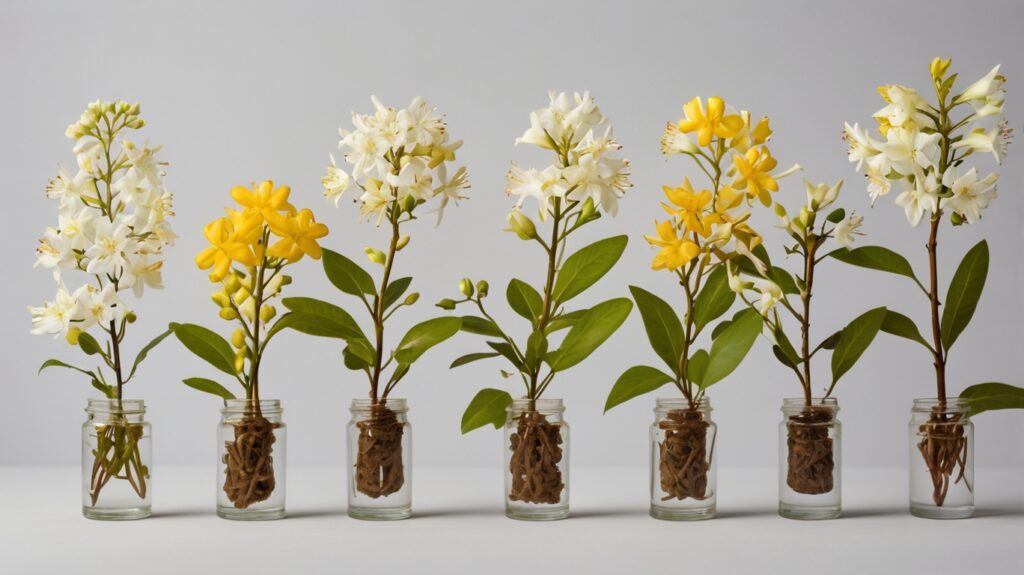
Where to Buy Edible Jasmine Flowers
When looking to purchase jasmine flowers for consumption, make sure they’re labeled as edible or culinary-grade.
🔍 Trusted Sources
-
Organic food stores
-
Asian grocery stores (for teas and dried flowers)
-
Specialty tea shops
-
Online marketplaces like:
-
Mountain Rose Herbs
-
Amazon (look for verified edible labels)
-
Etsy (from reputable sellers)
-
How to Use Jasmine Flowers in Your Kitchen
Ready to start experimenting? Here are some creative and easy ways to add jasmine flowers to your recipes:
🍵 Jasmine Tea
Ingredients:
-
1 teaspoon dried jasmine flowers
-
1 cup hot water
Instructions:
-
Steep the flowers for 3–5 minutes.
-
Strain and serve with honey or lemon.
🍚 Jasmine Rice Infusion
Add a few jasmine petals to your rice cooker for naturally fragrant rice.
🍰 Jasmine Syrup
Ingredients:
-
1 cup water
-
1 cup sugar
-
1 tablespoon dried jasmine flowers
Instructions:
-
Heat water and sugar until dissolved.
-
Add jasmine and simmer for 5 minutes.
-
Strain and store in the fridge.
🥂 Jasmine Mocktail
Combine jasmine syrup, soda water, and lime juice over ice for a refreshing drink.
Conclusion
So, can we eat jasmine flower? Absolutely—but with mindfulness and correct identification. Edible jasmine varieties like Jasminum sambac not only provide aromatic pleasure but also deliver potential health benefits and culinary creativity. However, not all jasmine types are safe, so it’s essential to source wisely.
Incorporating jasmine into your diet can be a delightful experience, adding fragrance, flavor, and flair to everything from tea to dessert. Whether you’re an herbal tea enthusiast or a curious foodie, jasmine flowers offer a unique and natural way to elevate your meals.
Click the link below to buy “FLOWER Retro Wooden Stand Plant Terrarium with 3 Bulb Glass Vases for Hydroponic Home & Office Décor”
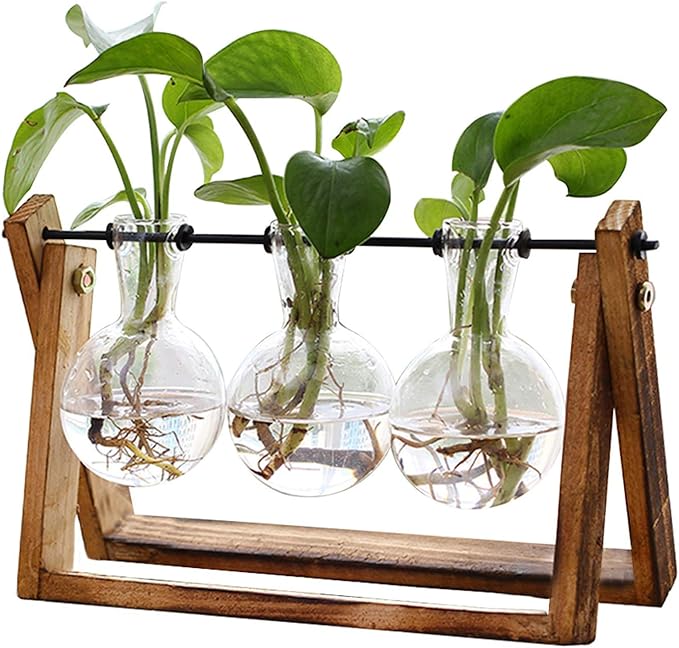
“Click the link below to buy “6-inch modern ceramic planter with glaze, drainage hole, and saucer for indoor & outdoor plants.”
